Products


Thai Jasmine Rice 50kg
ข้าวหอมมะลิ 100% ขนาด 50 กก. ถุงมาตรฐาน 23x37 นิ้ว (58x93 ซม.) หรือ 60x90 ซม.
ราคา: ฿2,200.00 / 50kg
View Detail
Thai Jasmine Rice 15kg
ข้าวหอมมะลิ 100% ขนาด 15 กก. ถุงสานพลาสติก หรือถุง OEM ขนาด 16x25 นิ้ว (40x60 ซม.)
ราคา: ฿690.00 / 50kg
View Detail
Thai Jasmine Rice 5kg
ข้าวหอมมะลิ 100% ขนาด 5 กก. ถุงพลาสติกพิมพ์ 2 ด้าน ขนาด 12x20 นิ้ว, น้ำหนักถุง ~81g
ราคา: ฿250.00 / 50kg
View Detail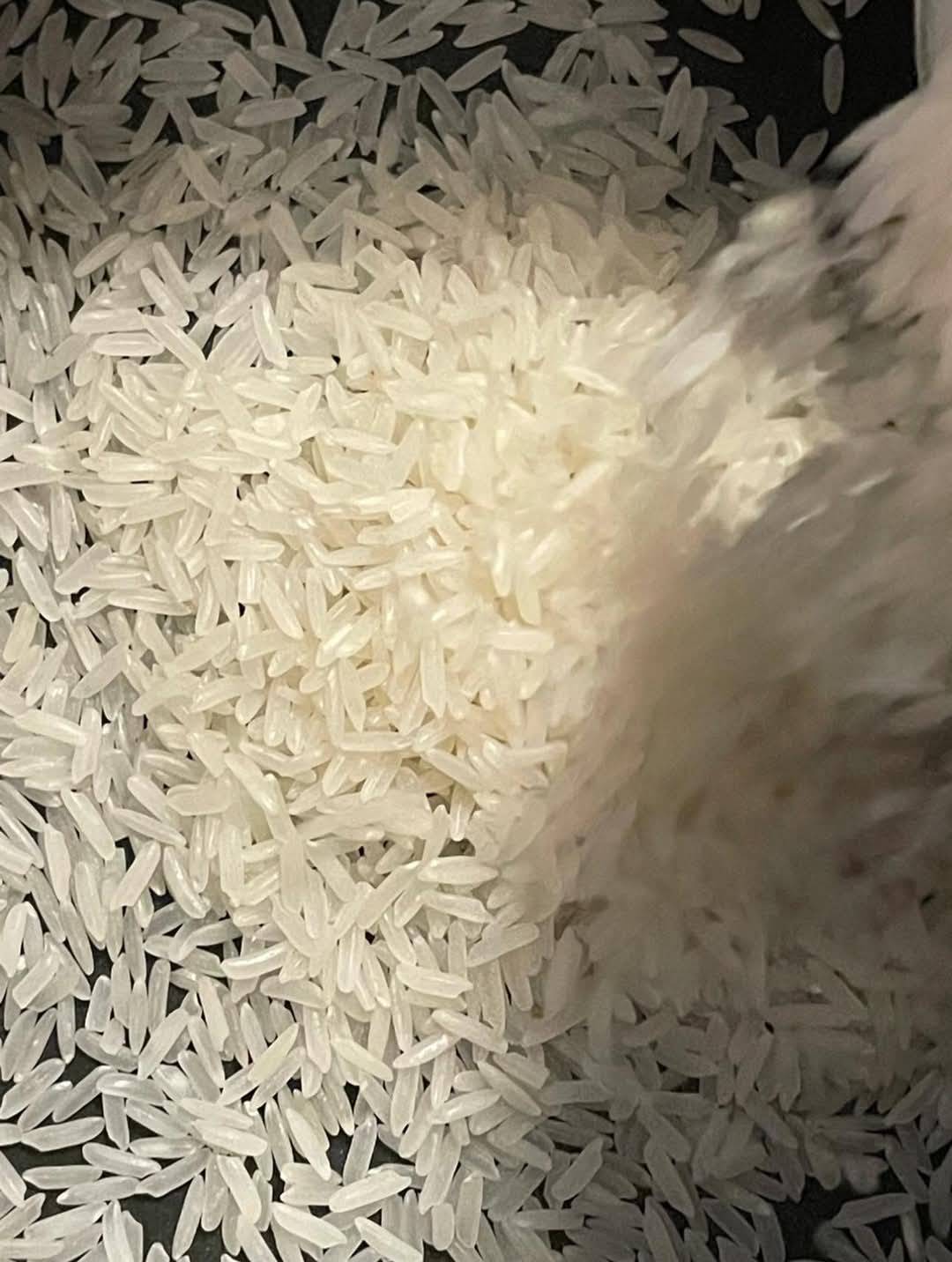
Hom Mali Rice
Hom Mali rice (Thai jasmine rice)
- is a rice variety that originated in Thailand. It has a fragrant aroma similar to pandan leaves. It is the rice variety that makes Thai rice an export product known around the world. Record : Rice has been a staple food for thousands of years. Some regions process rice into flour for use in food preparation. For the Asian region, rice is consumed in its original form and there are many varieties to choose from. For Thailand, Jasmine rice is considered the best rice and is in high demand by rice consumers around the world under the naกme Jasmine Rice. Specific characteristics of the fragrance : Jasmine rice has its own aroma, a pure natural aroma, like the morning dew of jasmine flowers and is free from toxic substances. When chewing, the rice grains are soft and more fragrant than other types of rice. The characteristics of Thai Jasmine rice are long, beautiful grains, white or light cream color. Sales grade : There are 4 grades of rice: Good grade 95.5 Medium grade 70.3 Poor grade 50.9 Improvement grade 20.0
ราคา: ฿1,000.00 / 50kg
View Detail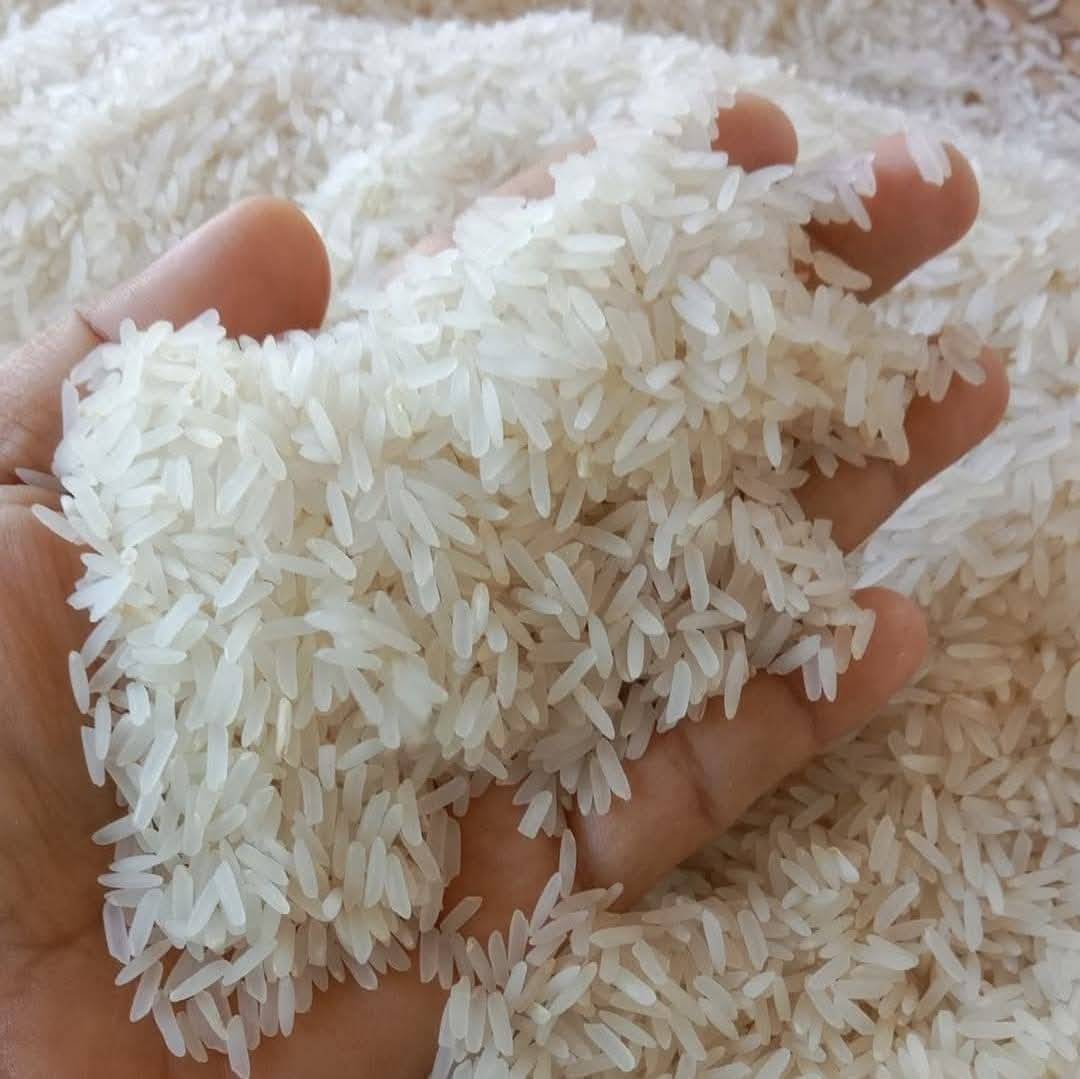
White Rice 5% (Old Rice)
White rice 5 means white rice with no more than 5% impurities according to the specified rice product standards. Generally, white rice 5% means rice that has been milled until only 95% of the rice grains remain. The remaining 5% may be broken rice or other types of rice. More details: Rice product standards: 5% white rice is one of the grades of rice determined by the Ministry of Commerce to be used as a standard for trading and consumption. Ingredients: The 5% white rice standard states that it must contain at least 95% whole grain rice and the remaining 5% may be broken rice or other types of rice that are smaller in size. Usage: 5% white rice is popularly cooked as plain rice or used as an ingredient in other dishes. Differences from other types of white rice: 5% white rice is different from 100% white rice (whole grain white rice) and other white rice (e.g. 10%, 15%, 25% white rice) in the amount of broken rice mixed in the bag. *** The age of white rice after the grains are peeled or milled is kept in the warehouse for 3-9 months to increase the amount of starch and other beneficial substances.***
ราคา: ฿500.00 / 50kg
View Detail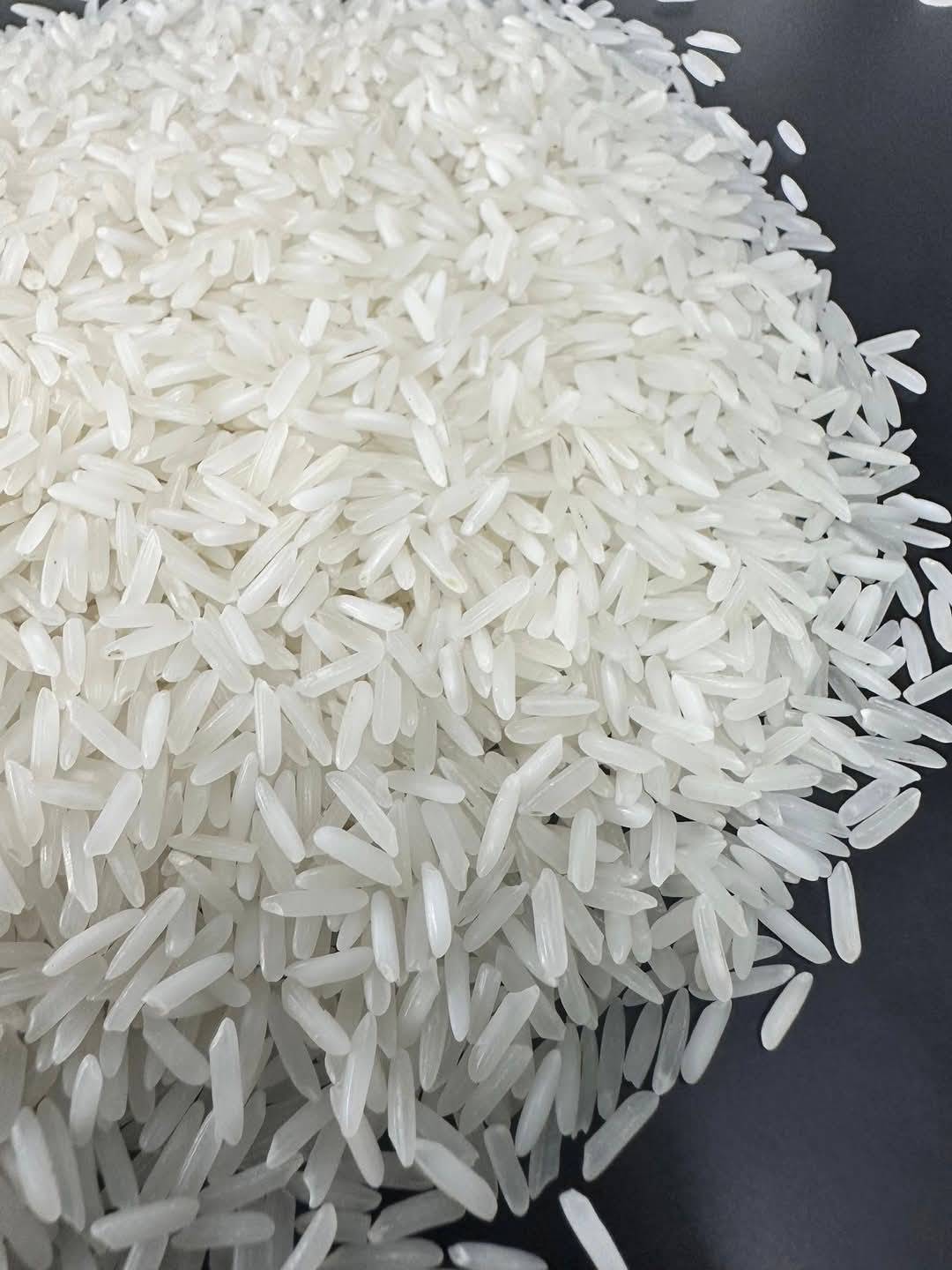
White Rice 5%
White rice 5 means white rice with no more than 5% impurities according to the specified rice product standards. Generally, white rice 5% means rice that has been milled until only 95% of the rice grains remain. The remaining 5% may be broken rice or other types of rice. More details: Rice product standards: 5% white rice is one of the grades of rice determined by the Ministry of Commerce to be used as a standard for trading and consumption. Ingredients: The 5% white rice standard states that it must contain at least 95% whole grain rice and the remaining 5% may be broken rice or other types of rice that are smaller in size. Usage: 5% white rice is popularly cooked as plain rice or used as an ingredient in other dishes. Differences from other types of white rice: 5% white rice is different from 100% white rice (whole grain white rice) and other white rice (e.g. 10%, 15%, 25% white rice) in the amount of broken rice mixed in the bag.
ราคา: ฿0.00 / 50kg
View Detail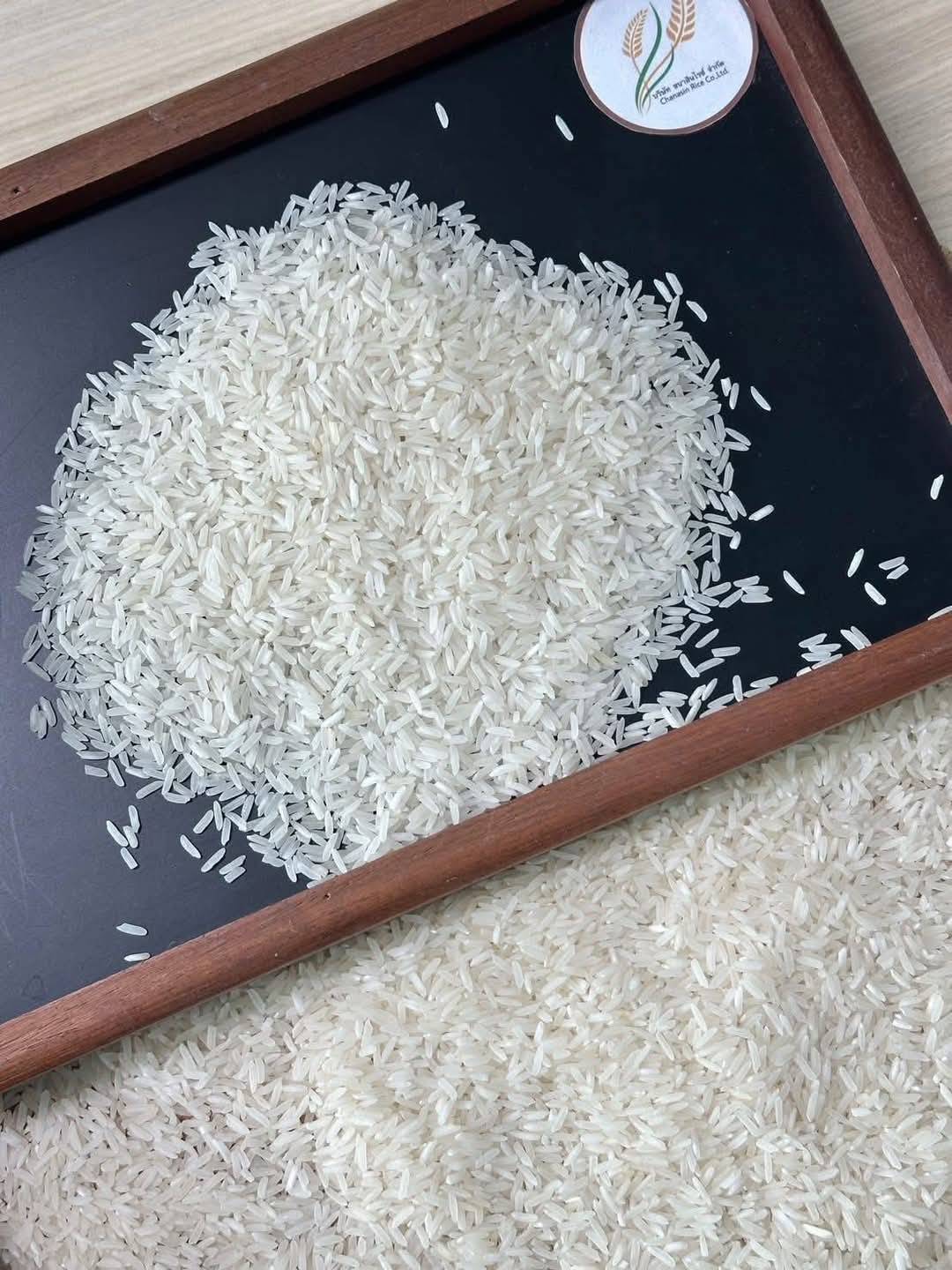
Broken Rice 100%
Broken rice 100% means rice that has gone through the milling and sorting process until it becomes rice that is not full grain, which is broken rice. Or broken rice that has a length of 2.5 parts or more but less than the length of the whole grain of rice. Broken rice 100% may mean broken rice that comes from 100% jasmine rice or 100% white rice. Characteristics of 100% Broken Rice: Not whole grain: Looks like broken rice or broken rice. Length: Length is 2.5 parts or more, but not as long as a whole grain of rice. Nutritional value: Still has complete nutritional value Usage: Suitable for making rice porridge, congee or cooking with whole grain rice. Types of 100% Broken Rice: 100% Broken Jasmine Rice: This is broken rice that is obtained from 100% Jasmine rice. 100% Broken White Rice: This is broken rice that is obtained from 100% white rice. Broken rice mixed with rice bran: Some brands may also add rice bran to increase nutritional value. Considerations: Preferences: Some consumers may prefer the texture and aroma of whole grain rice. Usage: Consider the intended use of the rice to help you choose the right type of broken rice. Source: You should buy broken rice from a reliable source to get clean and quality rice.
ราคา: ฿0.00 / 50kg
View Detail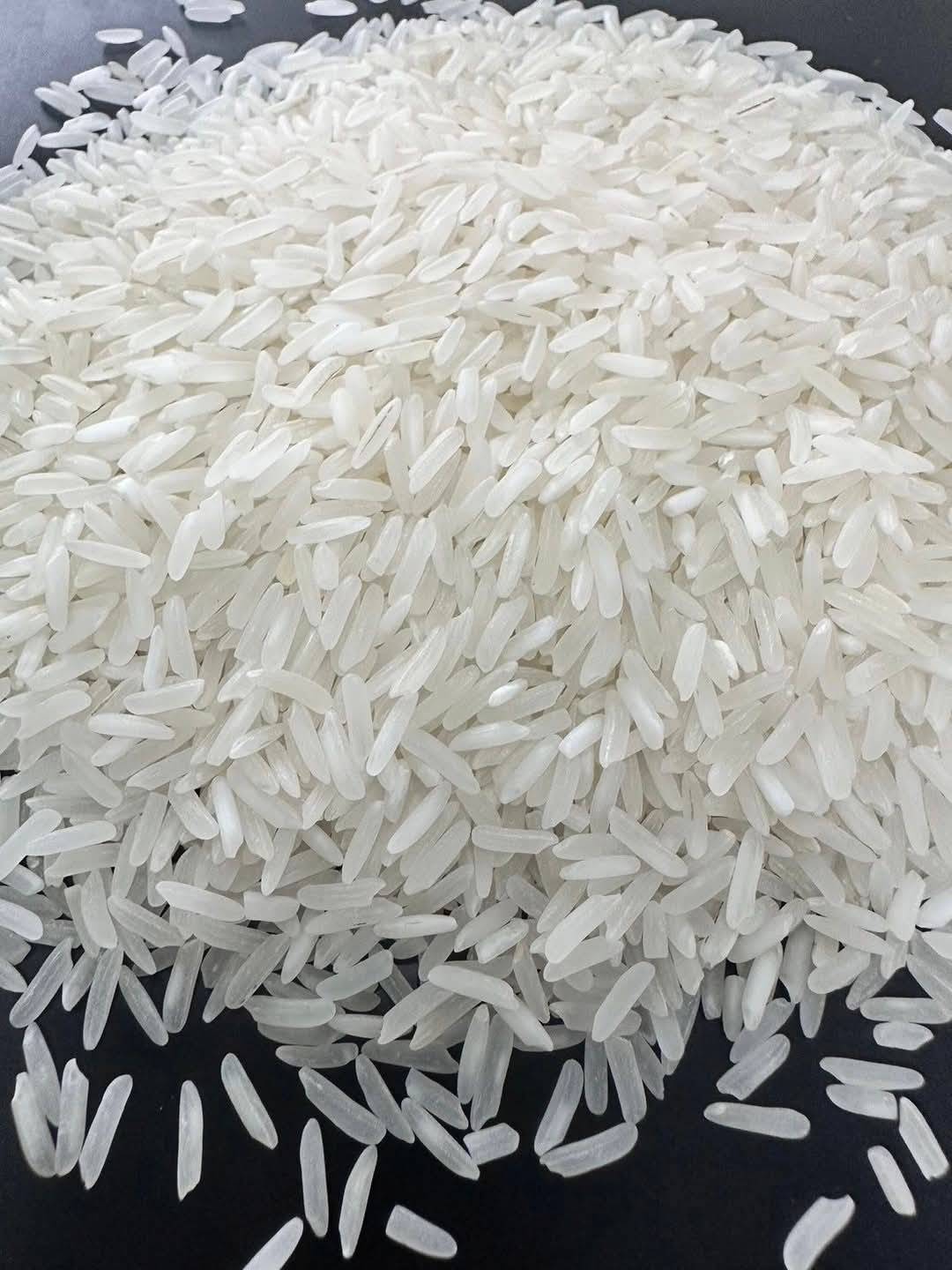
Khao Hom Pathum Rice
Pathum Thani fragrant rice is a popular jasmine rice variety in Thailand. It is characterized by its softness and aroma similar to jasmine rice. Especially new rice at the beginning of the season has a very fragrant smell. It can be grown in both the wet season and dry season. Characteristics of Pathum Thani Jasmine Rice: Fragrance and Softness: It has a similar aroma to Jasmine rice and is soft when cooked. Can be planted all year round: It is a rice that is not sensitive to the photoperiod. It can be planted in both wet and dry seasons. Good yield: Gives an average yield of 650-774 kilograms per rai. Disease and insect resistance: It can resist brown planthopper, whiteback planthopper, blast and leaf blight. Nutritional value: Contains 15-19% amylose and is high in carbohydrates. Planting and harvesting: Harvest age: Approximately 110-125 days Planting method: Can be planted in both transplanting and broadcasting methods Harvesting: Should be harvested when the rice is at the right maturity
ราคา: ฿0.00 / 50kg
View Detail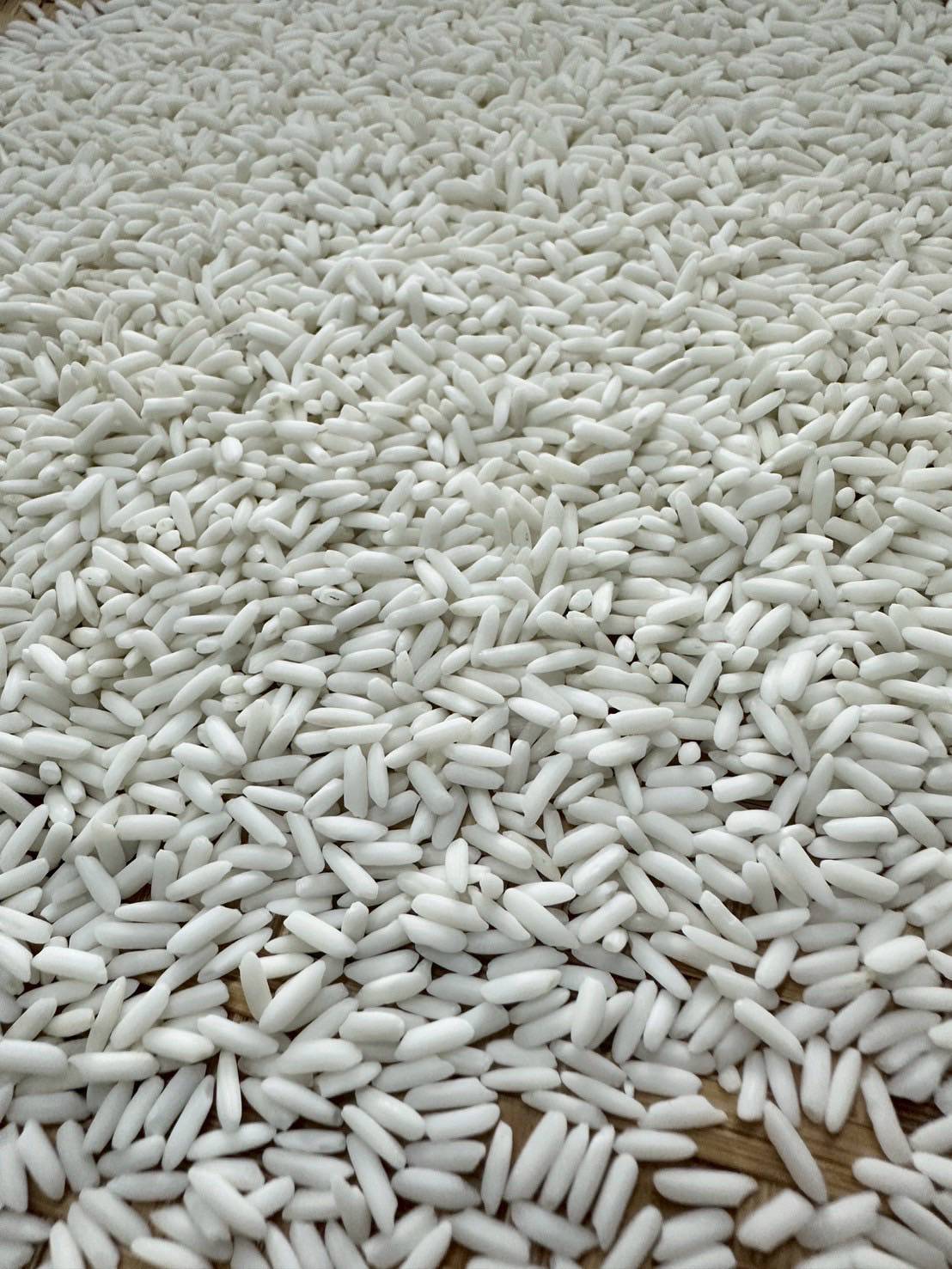
Sticky Rice-KKH6
Khao KKh 6 is a fragrant glutinous rice variety that is sensitive to light. It is a glutinous rice variety that has been improved from the Khao Dok Mali 105 glutinous rice variety. Using gamma rays at 20 kilorad at the Thailand Office of Atoms for Peace. Then brought to be planted and selected at Bangkhen Rice Experiment Station and Phimai Rice Experiment Station. From the selection, many glutinous rice strains were obtained in the second generation of rice. It was selected for cultivation until it became stable and obtained the highest yielding strain, KDML105´65-G2U-68-254. It is considered the first good rice strain in Thailand that was researched using the method of inducing plant breeding to change genetics using radiation. Breed certification : The Research and Development Committee of the Department of Agriculture resolved to approve the certification of the variety on May 4, 1977. Features : High yield and more drought-resistant than the sticky Sanpatong variety - Good cooking quality, aromatic - Medium-hard stem - Resistant to brown spot disease - Good milling quality
ราคา: ฿0.00 / 50kg
View Detail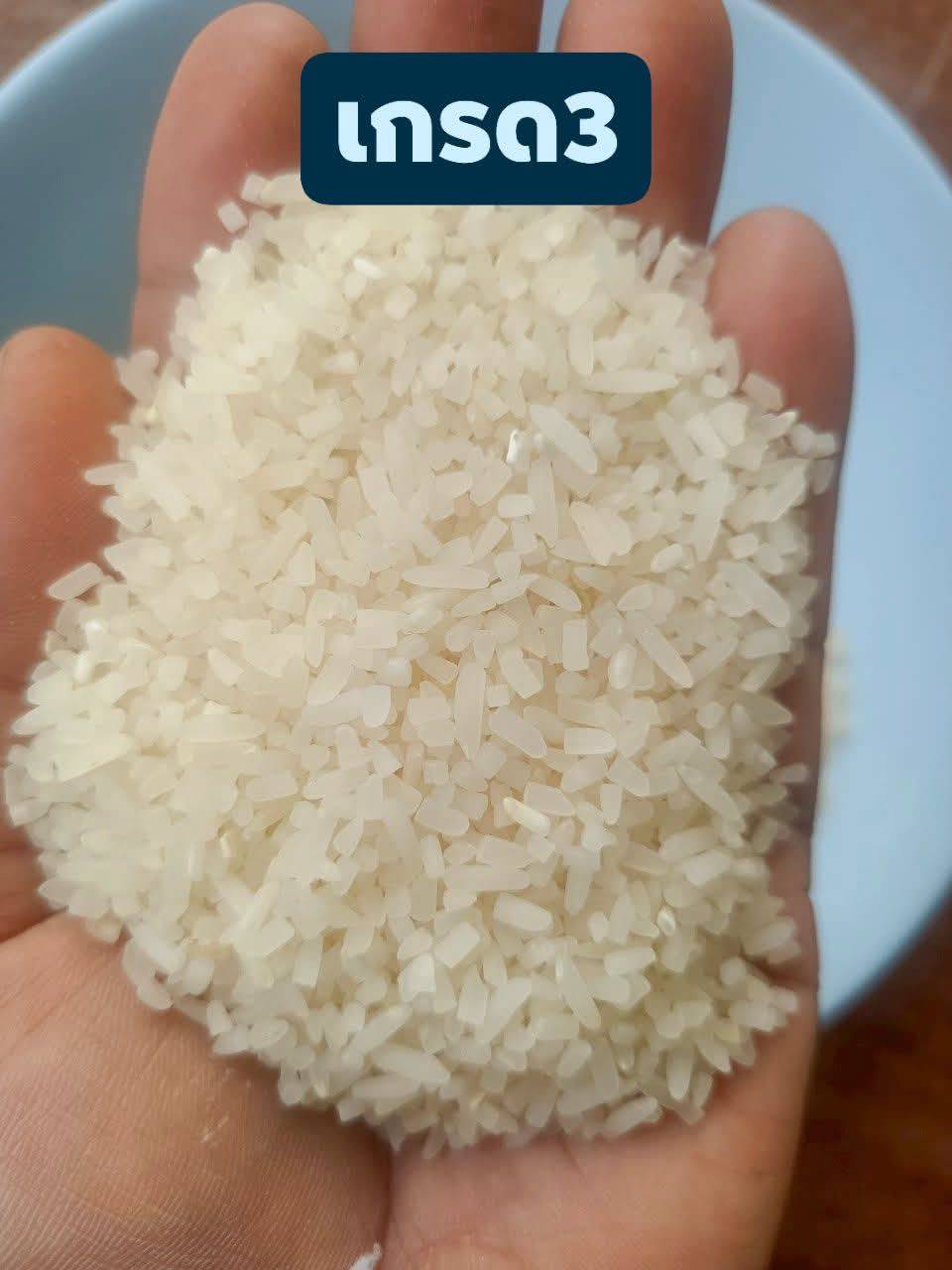
Khao Niew Na Pang refers to glutinous rice
Khao Niew Na Pang refers to glutinous rice grown outside the rainy season, or what is known as "Na Prang". Unlike wet season rice, which is planted during the rainy season, dry season rice can be planted at other times of the year. If there is enough water and sunlight, popular glutinous rice varieties grown in the dry season include Khao Khao 43, San Pa Tong, and Hom Pathum. Rice fields vs. second rice fields: Na Pi: Rice grown during the normal rainy season Non-season rice: Rice grown during other times of the year apart from the rainy season Glutinous rice that is popularly grown in the Non-season rice: Khao Khao 43: It is a rice that can be grown all year round. Khao Niew Sanpatong: It is a glutinous rice that is popularly grown in the North.
ราคา: ฿0.00 / 50kg
View Detail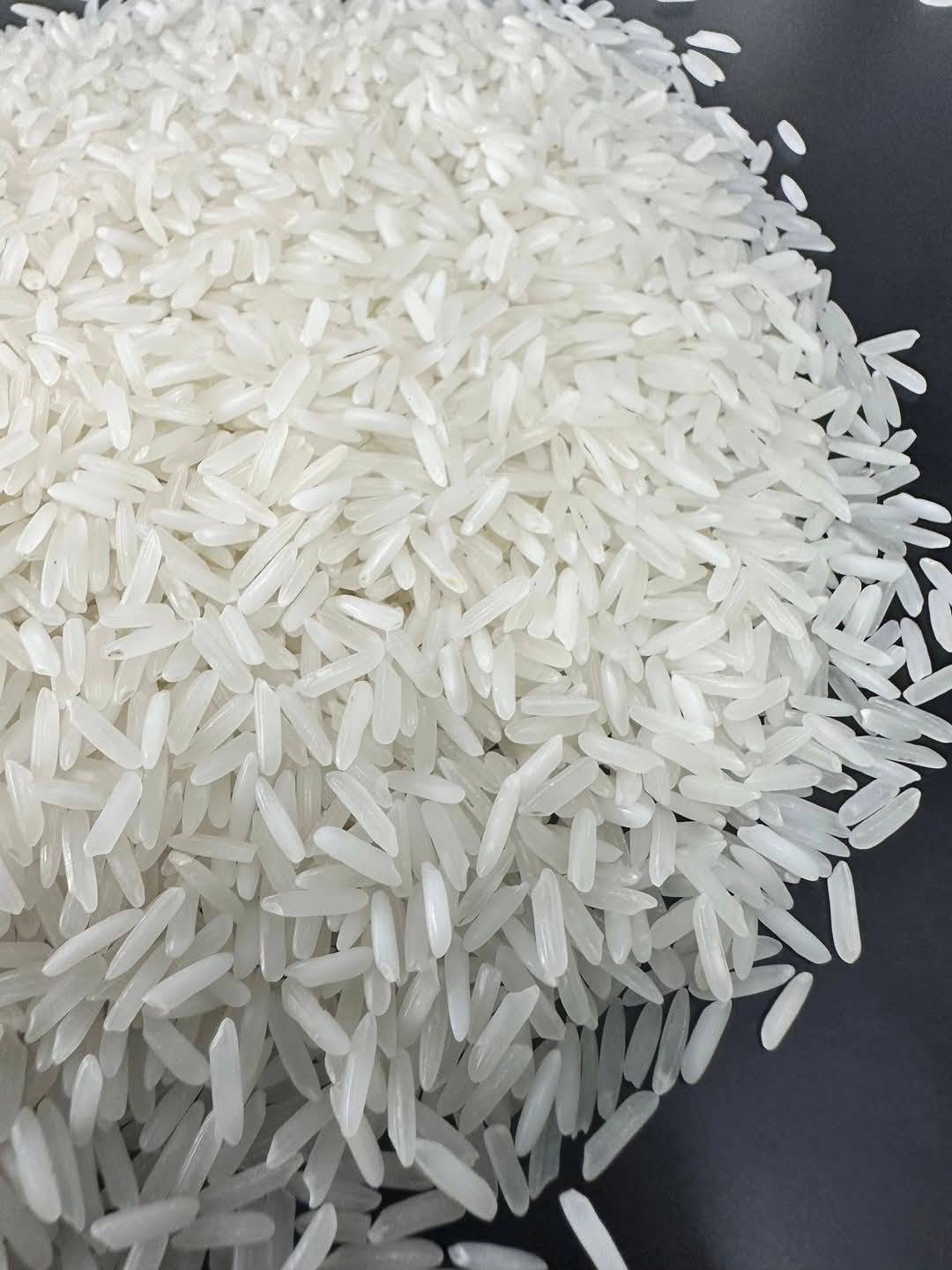
Rejected Jasmine Rice
"Rejected Jasmine Rice" means Jasmine rice that does not meet the standards set for exported Jasmine rice or high quality rice. Making it generally unavailable for sale in premium markets. Rejected rice may have physical defects, such as imperfect grains, uneven color, or impurities, or may have chemical properties, such as moisture content or amylose content that does not meet specifications. Reasons why Jasmine rice is rejected: Physical defects: Imperfect rice grains: Broken rice grains, broken rice grains, or cracks Uneven color: There are yellow or other colored rice grains mixed in. Contaminants: There are gravel, rocks, soil, sand, or other foreign objects. Chemical Properties Problems: High humidity: causes the rice to deteriorate and cannot be stored for a long time Incorrect amylose content: affects the softness and stickiness of the rice Bad aroma: lacks the natural aroma of jasmine rice Impact of Rejection: Low Price: Rejected rice will be more expensive than substandard rice. In conclusion, the rejection of jasmine rice has negative effects on both producers and consumers. Therefore, rice quality prevention and control are important in order to obtain quality jasmine rice that is in demand by the market.
ราคา: ฿0.00 / 50kg
View Detail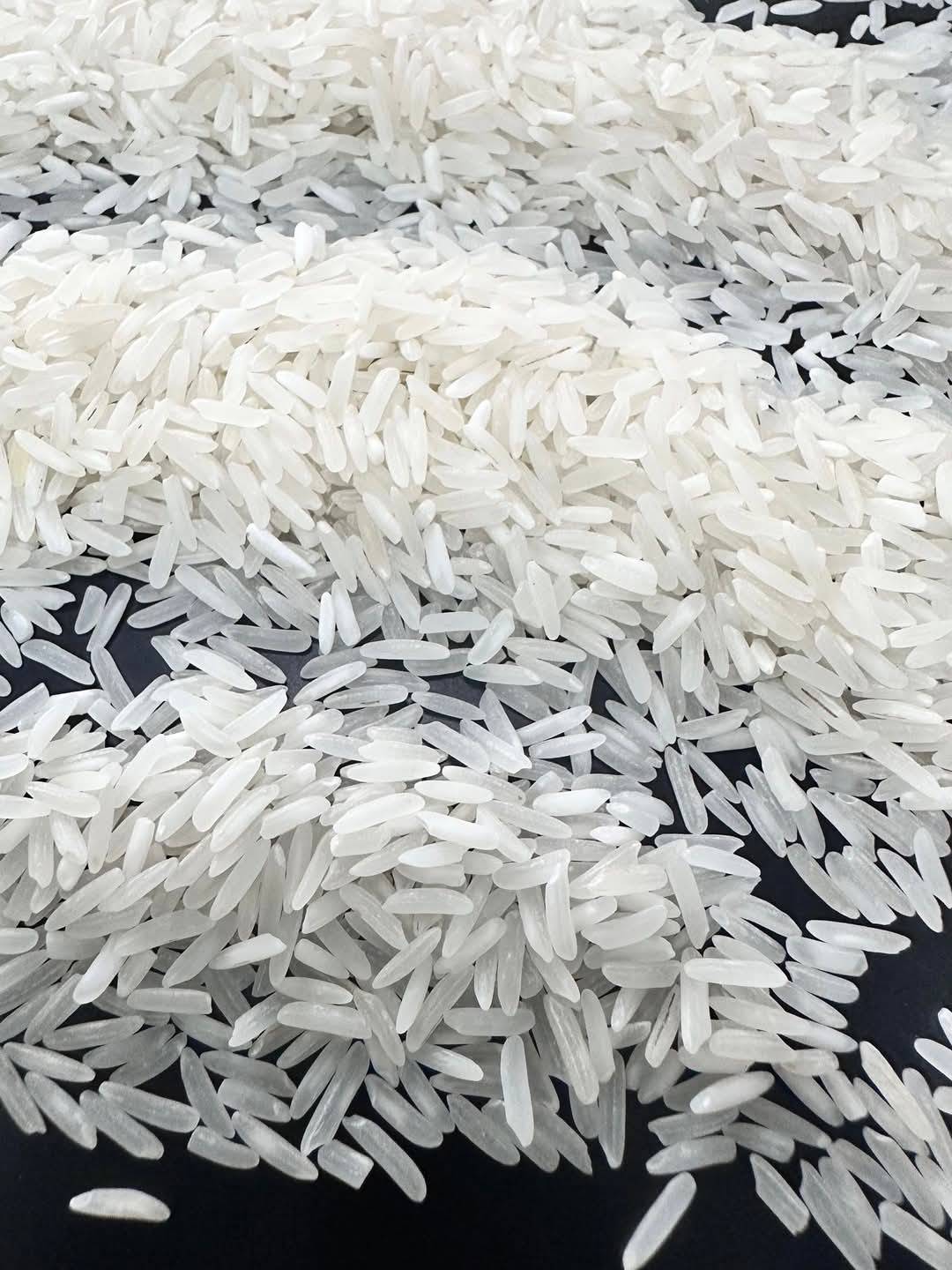
Jasmine Rice
Jasmine rice (Thai Jasmine Rice), also known as jasmine rice, is a type of fragrant rice that originated in Thailand. It has a special characteristic of long, slender rice grains, a fragrant aroma similar to pandan leaves, and when cooked, it is soft and has a delicious taste. Jasmine rice is well-known and popular all over the world, making it an important export product of Thailand. Characteristics of Jasmine Rice: Aromatic: It has a unique aroma similar to pandan leaves, which is the result of 2-acetyl-1-pyroline in the rice. Elongated Seeds: Elongated in appearance and when cooked, they are translucent white. Softness: Slightly soft and chewy when cooked. Softness: Slightly soft and chewy when cooked. Utilization: Jasmine rice is a popular rice that can be eaten with a variety of dishes, such as rice with curry, rice soup, or fried rice. It can also be processed into other products such as rice snacks or food for children.
ราคา: ฿0.00 / 50kg
View Detail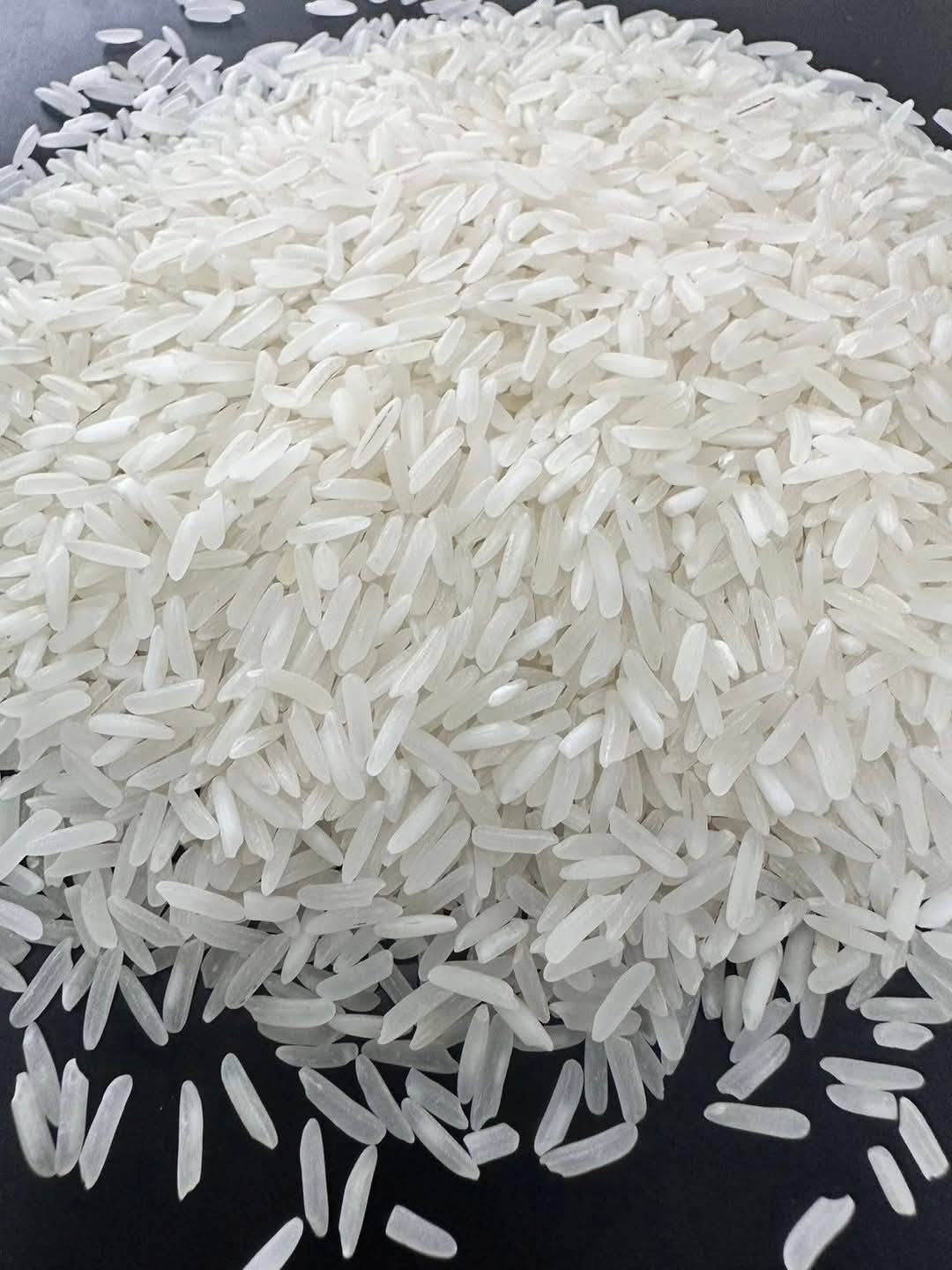
Rejected Parboiled Rice"
"Rejected Parboiled Rice" means rice that is discarded from the production of parboiled rice, which may have defects or not meet the specified quality standards. Normally, discarded rice is used for other purposes, such as animal feed or processed into other products that do not focus on the quality of the rice. More details: Parboiled Rice: This is rice that has been soaked in water and steamed before being milled, giving it a light yellow color and higher nutritional value. Rejection: In the production process of parboiled rice, there may be rejection of rice that is not of good quality, such as broken rice, unevenly colored rice, or rice with impurities. Utilization: Rejected rice can be used as animal feed or processed into other products that do not require high-quality rice.
ราคา: ฿0.00 / 50kg
View Detail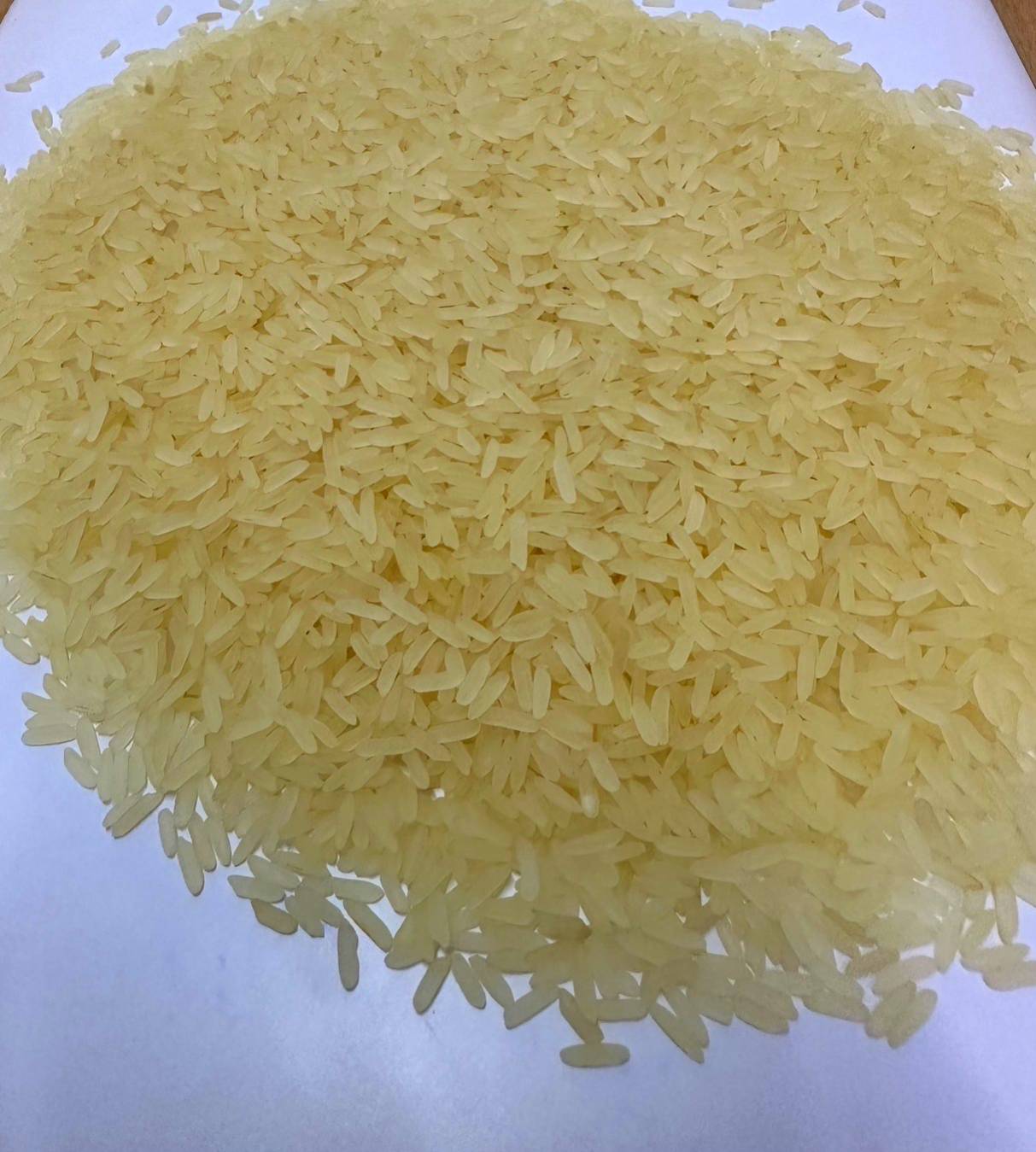
Parboiled Rice
Parboiled Rice is rice that has been soaked in water and steamed or boiled before being milled, resulting in a light yellow color and higher nutritional value. Parboiled rice production process: 1. Soaking: Soak the rice in water until the moisture content is about 30-40%. 2. Steaming/Boiling: The soaked rice is steamed or boiled until cooked. 3. Drying: The steamed rice is dried. 4. Milling: The dried rice is milled to remove the husk. Properties and benefits of steamed rice: Light yellow color: Because nutrients from the rice husks are absorbed into the rice during soaking and steaming. High nutritional value: Steaming rice helps increase some vitamins and minerals. Less Breakage: Steaming helps to reduce the amount of breakage in the rice during milling. Long shelf life: Parboiled rice is more resistant to insects and can be stored longer than white rice. Fruit ability: Parboiled rice is more friable than white rice. Steamed rice in Thailand: Steamed rice is popular in Thailand both at the household and industrial level, especially in the Northeast and North of Thailand where sticky rice is often steamed.
ราคา: ฿0.00 / 50kg
View Detail